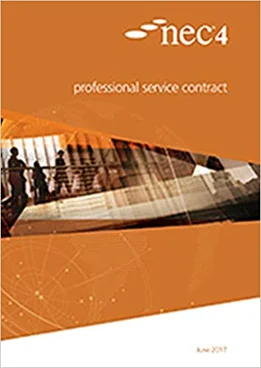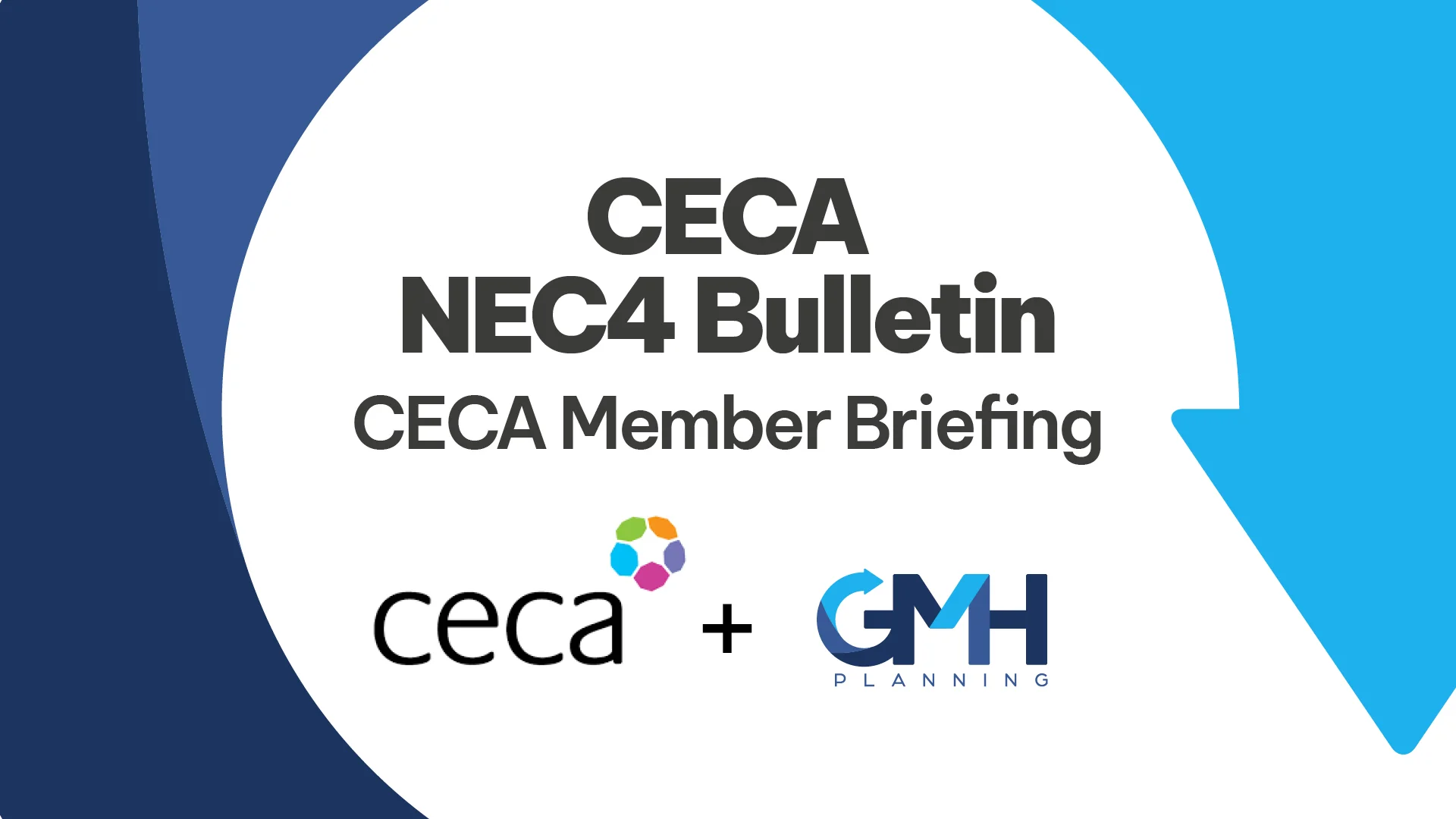
The NEC family include contracts for a variety of different contractual arrangements that could be necessary on a project. Term Service Contracts are intended to be used for maintenance type work, whilst Supply Contracts (which we will take a look at next month) are used when purchasing equipment. Another one of these contract choices within the NEC family is the Professional Service Contract (PSC) which we are going to focus on within this bulletin. Most of the subject matter written around the Engineering and Construction Contract (ECC) from previous bulletins are still relevant for the PSC, but this bulletin will pick up on some of the more specific features within the PSC.

When should a Professional Service Contract (PSC) be used? It is intended to be used to appoint a supplier to provide professional services such as designers, project managers and/or architects. An example where it would be applicable would be for a designer who the Client wishes to engage to do a detailed design for a scheme. The PSC contract applies the similar project management procedures upon the professional service provider that exist in other NEC contracts, in particular very similar to those that are required under the Engineering and Construction Contract (ECC).
Primary options: There are three primary options under the NEC4 PSC contract for the Client to choose from. The choice will be based upon a balance of price and cost certainty. The option choices are:
- option A (lump sum type contract)
- option C (target cost type contract)
- option E (cost reimbursable type contract)
The previous NEC3 PSC option G (term contract) is no longer used in NEC4.
Secondary options: The same secondary options are generally available in the PSC as in the ECC contract (which have been explored in more detail in CECA bulletin no.3), with the exception of options X14,15,16,17 or 21 that are not considered relevant to this type of contractual relationship.
Parties: The parties involved in a Professional Service Contract are the Client and the Consultant. The name “Client” replaces the name “Employer” that was used in NEC3.
Service Manager: One of the more significant changes to the NEC4 version of the PSC is the introduction of a Service Manager to administer the contract on behalf of the Client. This creates an equivalent role to that of the Project Manager in the ECC contract. The appointed person will be responsible to issue instructions, accept submissions, agree compensation events and issue notifications. This replaces the NEC3 Employer or Employer’s Agent who was the equivalent role in that version of the PSC contract. The Service Manager has a duty to act impartially and in accordance with the contractual rules, which in turn should limit the likelihood of disputes and formal adjudications that may otherwise occur. The Service Manager can delegate any of their responsibilities, providing the delegation is confirmed in writing and issued separately from other forms of communication to the Consultant.
Most processes align with ECC: Most of the CECA bulletins produced to date have been based on ECC or ECS contract wording, but most of the elements discussed in those bulletins will be relevant and transferable to the elements of the PSC contracts. The clauses around communication flow (section 13), early warning process (section 15), programme requirements (section 3), compensation event process (section 6), liabilities and insurances (section 8) and termination (section 9) are nigh on identical in clause numbers, wording and principles.
Additional compensation events: Within NEC4 PSC contracts, there are sixteen valid reasons for compensation events, compared to the previous twelve reasons in the NEC3 PSC and the twenty-one reasons in the NEC4 ECC contract. The additional ones in NEC4 PSC compared to NEC3 are:
- (9) – an event which is a Client’s liability
- (14) – Service Manager gives an instruction correcting information provided by the Client
- (15) – Service Manager notifies the Consultant that a quotation for a proposed instruction is not accepted
- (16) – additional compensation events stated in Contract Data part 1
Schedule of Cost Components: Probably the biggest PSC change from NEC3 to NEC4 is the fact that there is now a similar (but slightly condensed) version to that of the ECC Schedule of Cost Components used to assess Defined Cost (rather than the NEC3 PSC “time charge”). In the NEC3 compensation events were simply assessed by multiplying pre-agreed staff rates by the amount of time they had spent. NEC4 PSC option A uses the Short Schedule of Cost Components for compensation event assessments, based upon tendered People Rates, Subcontractor cost plus Fee. Options C & E use the Schedule of Cost Components for interim payment applications as well as the valuation of compensation events. These are based upon people costs, overhead percentage (for support people and office overheads), Subcontractor costs, plus the Consultant’s fee percentage.

Disallowed Costs: Another new element in NEC4 that was not in NEC3 is the inclusion of disallowed costs into the Professional Service Contracts. The list of disallowed costs is again very similar to that included within the ECC contract (which is covered in much more detail in bulletin 31). They include:
- cost not justified by Consultant’s accounts and records,
- was incurred because the Consultant did not give an early warning it was required to give,
- cost of correcting Defects after Completion, and
- resources not used to Provide the Service (after allowing for reasonable availability and utilisation).
Fee percentage(s): Previously there was no fee percentage in NEC3 PSC contracts as it was calculated within the staff rates. The introduction of schedule of cost components in NEC4 PSC also therefore brings a requirement for the Consultant to include a fee percentage in contract data part 2. For option A it will only be applicable for the assessment of compensation events, but for options C and E it will be applied to Defined Cost for interim applications as well as for the assessment of compensation events. With options C and E there is a further percentage called the “overhead percentage” in contract data part 2 which will be applied to the “charges” element of the schedule of cost components as a “mini-overhead”.
Professional Service Short Contract (PSSC): As with all the short contracts, the PSSC is a simpler set of contractual rules compared to the full PSC for more straightforward low risk work. It simplifies the amount of administration required between the parties where the works are less complex.

Summary: The Professional Service Contract is applicable where a Consultant will be providing a service to the Client. It contains most of the same processes that are included in the ECC contract and is administered on behalf of the Client by a Service Manager. As with any of the contracts within the NEC suite, they have similar principles, language, process and requirements. Knowing one contract within the family would mean working with another contract should feel very familiar and be quick to understand.

